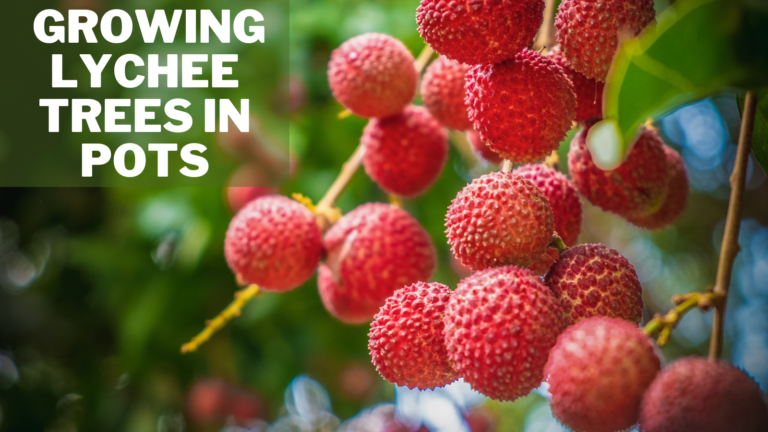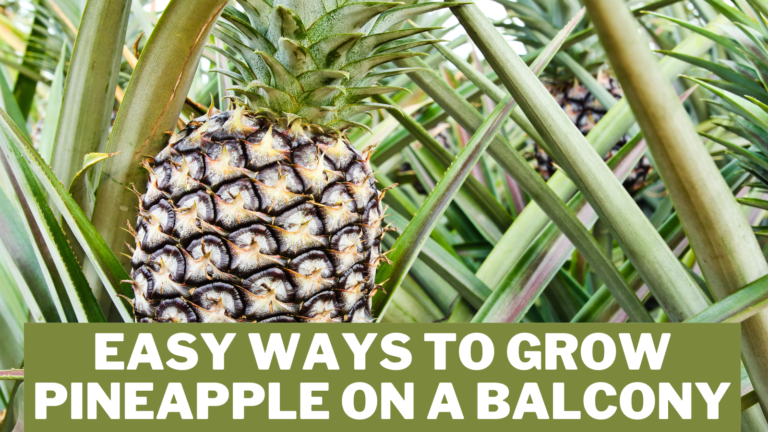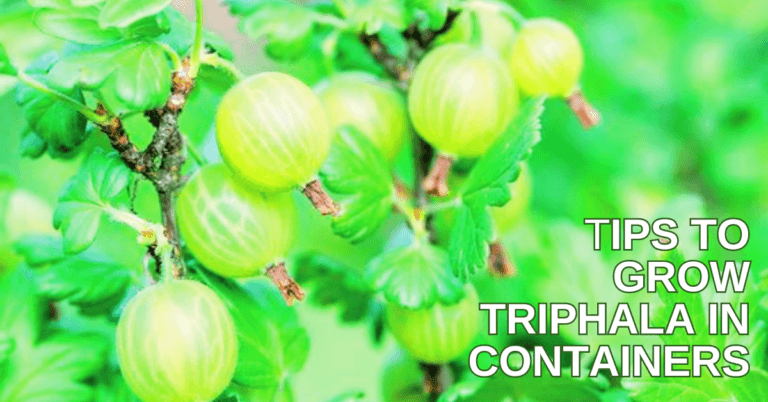Best Steps To Grow Peas In Containers
Best Steps To Grow Peas In Containers
Peas are an excellent choice for a container garden. They grow quickly and don't require much attention, but they will reward you with an excellent crop for a small amount of labour. When cultivating peas, adequate sunlight and wet soil are essential.
Planting peas early in the season is your best bet for a large yield because peas appreciate chilly weather.
Your peas will stop producing once the temperature warms up. You may pick them up and grow another heat-loving veggie in the same pot.
Peas need 60 to 70 days to mature from seed to maturity. So, if your growing season is long enough, it could be conceivable to plant an early crop for a late spring harvest.
Then, convert your planter to another fast-growing vegetable for the heat of July, and then plant a second pea crop in late summer for a fall harvest.
History & Origin Of Peas
According to Washington State University-Archaeologists have “unearthed peas in ancient tombs” and found old writings and artwork describing peas, according to Washington State University Extension.
According to Chinese legend, Emperor Shu Nung discovered pea plants 5,000 years ago. The “Chinese Father of Agriculture,” Nung, scoured China seeking culinary and medicinal plants.
He, like others, was only interested in peas after feeding them to his dog and then a servant to ensure they weren't toxic. Peas were discovered in 12th-dynasty Egyptian tombs.
The 3 Different Types Of Peas
Do you know what soup, salads, and fried rice have in common? They're all made with peas. And it isn't just for the sake of taste.
They're also highly nutritious. Can you think a pea contains fibre, potassium, folate, Vitamins A, C, B6, magnesium, and iron in such a small package? (Beautiful things indeed come in small packages.)
Another reason for the popularity of peas is that they are readily available all year. They mature in 2 to 2.5 months and can withstand various weather conditions.
But there's one thing I'm sure you didn't notice:
Peas aren't all the same
While they may appear to be the same, peas come in three varieties:
Here's all you need to know about these three types of peas, whether you want to be a well-informed shopper or want to cultivate peas in your yard.

1. English Peas (Pisum sativum var. sativum)
English peas are the category to go for if you're looking for a conventional garden pea variety. While the pods aren't edible, the insides contain giant peas that can be prepared in various ways.
The pods of English peas are not edible. Therefore, you must wait until they are fully plumped before shelling and eating them.
Shelling peas are among the quickest-maturing pea varieties, with bush versions maturing in around 50 days. Grow ‘Green Arrow,' ‘Maestro,' ‘Lincoln,' and ‘Tall Telephone,' among other varieties.
- USDA Growing Zones: 2 to 9
- Soil Needs: Loamy
- Sun Exposure: Full to partial sun
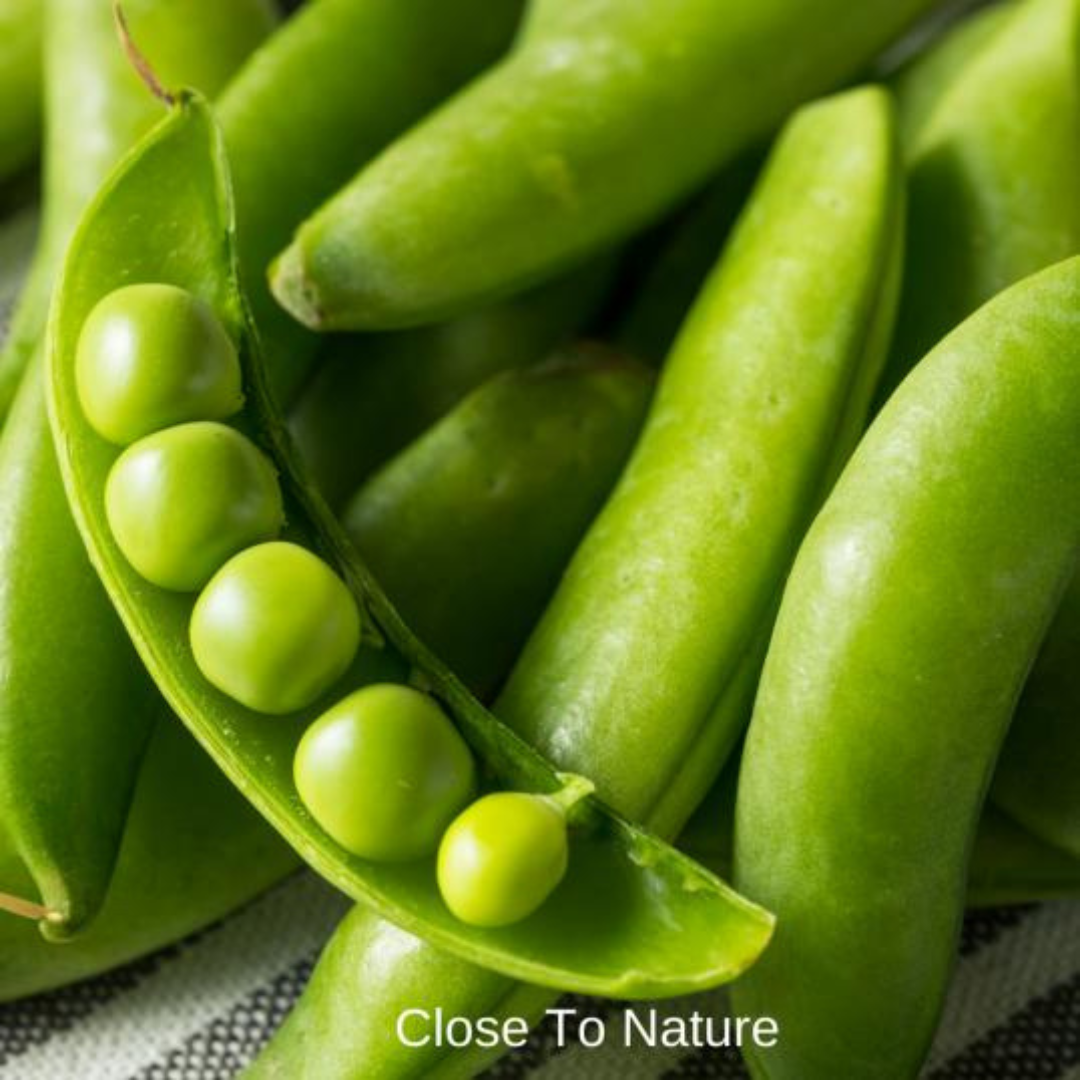
2. Snow Peas (Pisum sativum var. saccharatum)
The snow pea pods are small but edible when eaten fresh. Snow peas are delicious and fresh from the vine but can also be cooked and used in stir-fries.
Snow pea pods, or Chinese pea pods, are flat edible with no room for the seeds to fill out before harvesting.
Snow peas, especially the tall variety, take the longest days to maturity of all the peas, even though you don't have to wait for them to plump up inside.
Grow ‘Golden Sweet,' ‘Mammoth Melting Sugar,' ‘Oregon Giant,' and ‘Oregon Sugar Pod,' among other types.
- USDA Growing Zones: 2 to 9
- Soil Needs: Drier, enriched soil
- Sun Exposure: Full to partial sun

3. Sugar Snap Peas (Pisum sativum var. macrocarpon)
Sugar snap peas are a fantastic place to start if you're searching for a versatile pea that can be eaten raw or cooked. Large peas with plump pods can be expected. They're the sweetest peas you'll ever taste.
Sugar snap peas are a hybrid of snow peas and English peas. The seeds can plump up a bit, just like English peas.
On the other hand, the pods are crisp and delicious, so they don't need to be shelled and may be used in dishes much like snow peas.
Sugar snap peas are planted similarly to English peas, although they persist slightly longer after the weather heats up. ‘Cascadia,' ‘Sugar Ann,' ‘Sugar Daddy,' and ‘Super Sugar Snap' are some kinds to try.
- USDA Growing Zones: 3 to 11
- Soil Needs: Well-drained loamy soil
- Sun Exposure: Full to partial sun
Nutritional Information For Peas
Half a cup of frozen peas (80g) cooked without salt contains
- Calories: 62
- Protein: 4.1g
- Vitamin K: 19.2mcg
- Fibre: 3.6g
- Fat: 0.2g
- Sodium: 58mg
- Carbohydrates: 11g
- Sugars: 3.5g
- Zinc: 0.5mg
According to the FoodData Central. U.S. Department of Agriculture.
- Peas are low in calories, fibre, and protein, which are filling snacks.
- Vitamin K, C, zinc, A, potassium, magnesium, folate, iron, and other B vitamins are abundant.
Steps To Grow Peas In Containers
1. Choose The Perfect Time To Plant Your Peas
Peas prefer cool weather to long, scorching summers for peas. Plant them when the soil temperature rises above 40° Fahrenheit (5° Celsius) for succession planting in early spring and spring.
Growing peas in containers can allow you to manage the temperature and growing conditions. Keep them indoors until the weather warms up, or use a cloche or little greenhouse to shelter your baby plants if you're growing them outside on a balcony or patio.
If the summers are cool in your area, you can also grow them in the summer.
Plant them between mid- and late-summer for autumn and early winter harvest. If your winters are mild, plant them in the fall, about 8 weeks before the first frost.
Plant them in late fall and winter until April in frost-free zones (hot climates). Sow early-maturing and late-maturing cultivars in succession for a large yield.
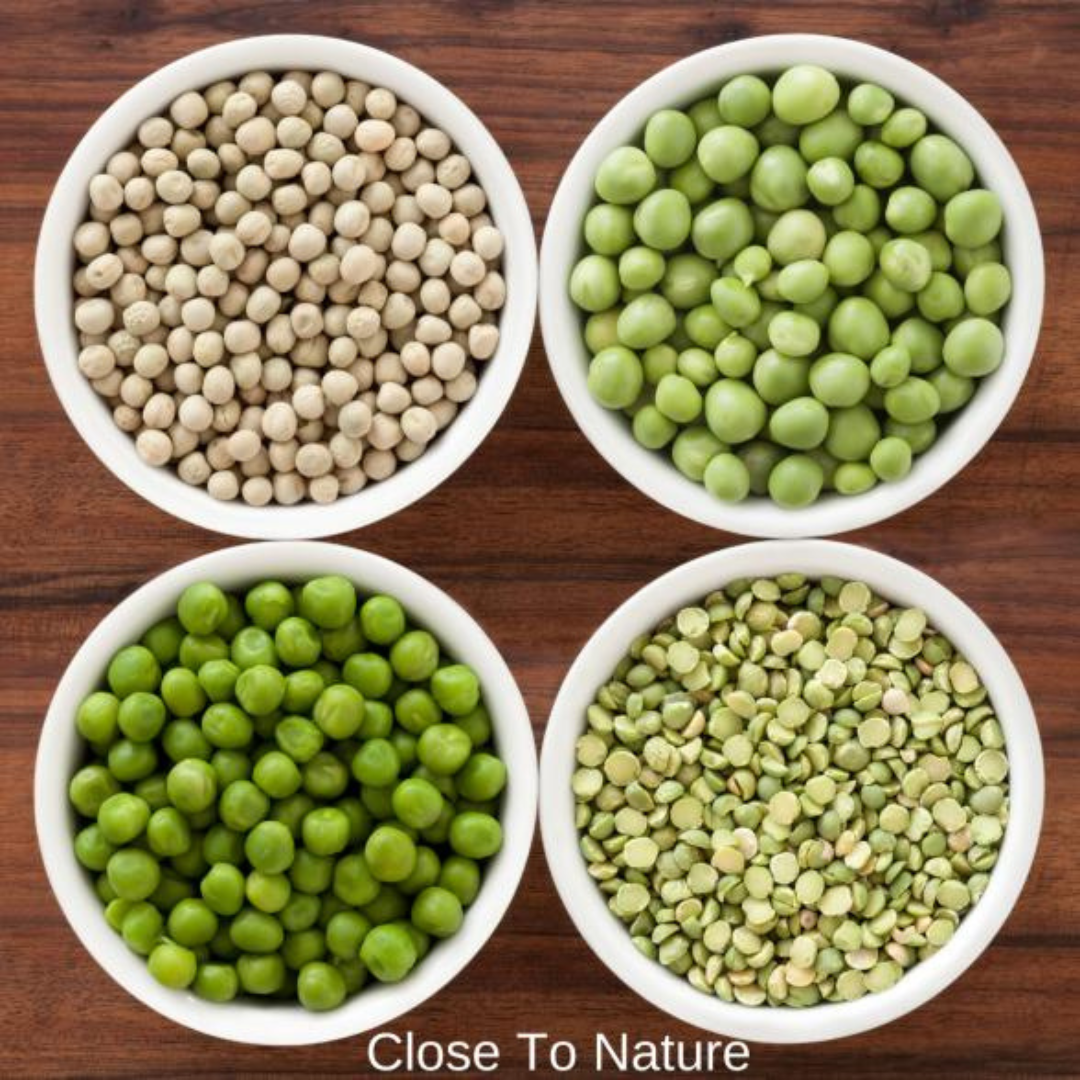
2. Select The Best Pea Variety For Your Space
Fortunately, they're all simple to cultivate in containers. Select the varieties after deciding the type of peas you'll grow. It's the most crucial aspect!
Bush kinds that are tall and take up less ground space are excellent for gardeners with limited space.
They produce more when there isn't enough space and use vertical space well. Choose a little shorter kind if your balcony or patio is windy.
Either ordinary garden peas or snap peas are good choices. Snap peas are preferable to snow peas because the pods are edible, and you can eat them like garden peas.
Many early maturing cultivars, such as ‘Maestro' and ‘Sugar Bon,' can cultivate your peas quickly.
A fast internet search can provide the best container pea types if you need more knowledge. Don't forget to consider your environment and growing conditions as you choose your favorite cultivars.
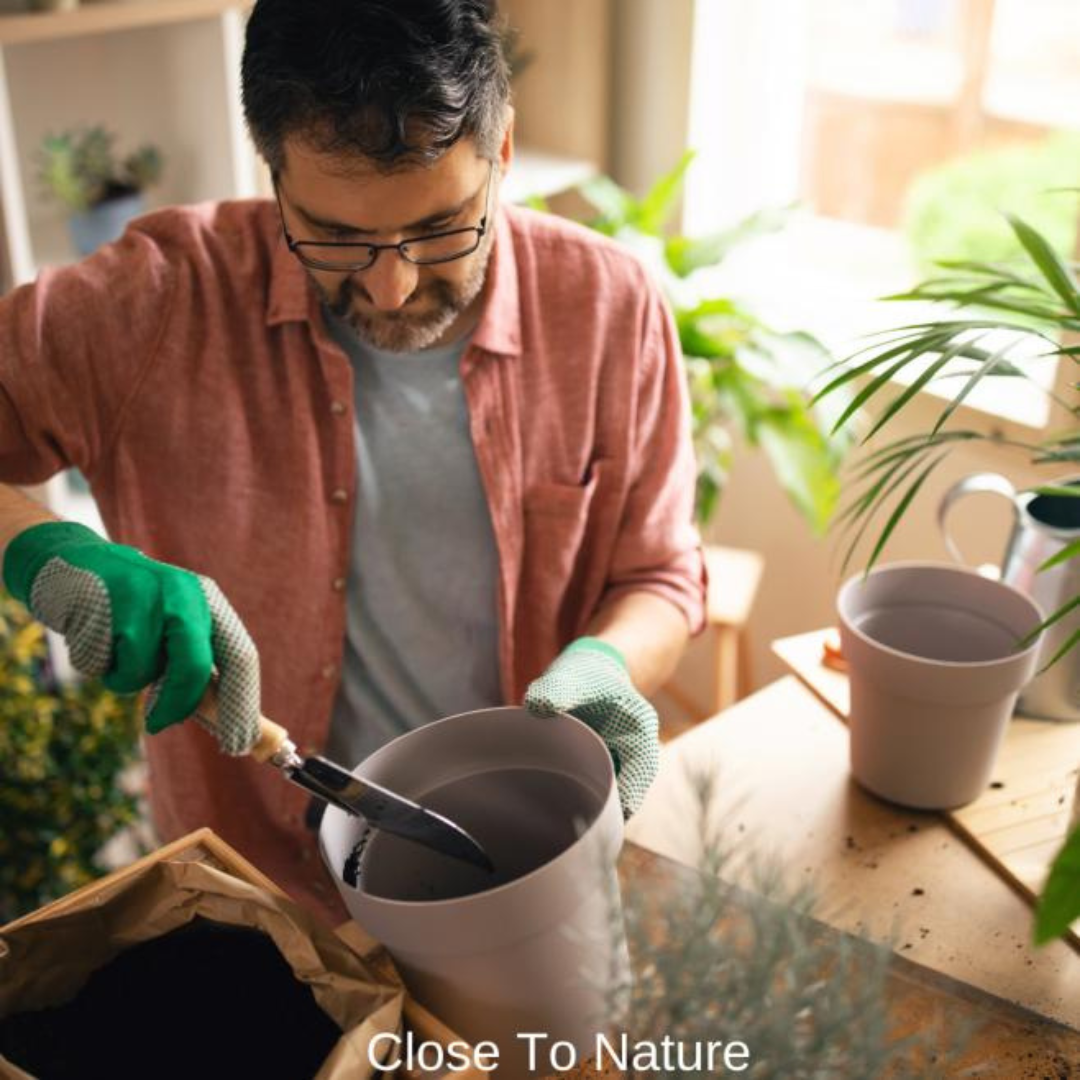
3. Choose The Right Container To Grow Peas
Cut a piece of plastic screening big enough to cover the drainage hole in the bottom of your selected container.
If you don't have screening, you can cover the drainage hole with a coffee filter or porous landscape fabric.
Fill the bottom third of your container with empty, clean plastic containers, drink bottles, milk jugs, or anything else that will take up space without obstructing water flow.
This can help you save money on potting soil while making your container lighter if you need to move it.
Before adding soil, separate it from the filler by cutting plastic screening or porous landscape fabric and putting it on top. This makes cleanup much easier at the end of the season.
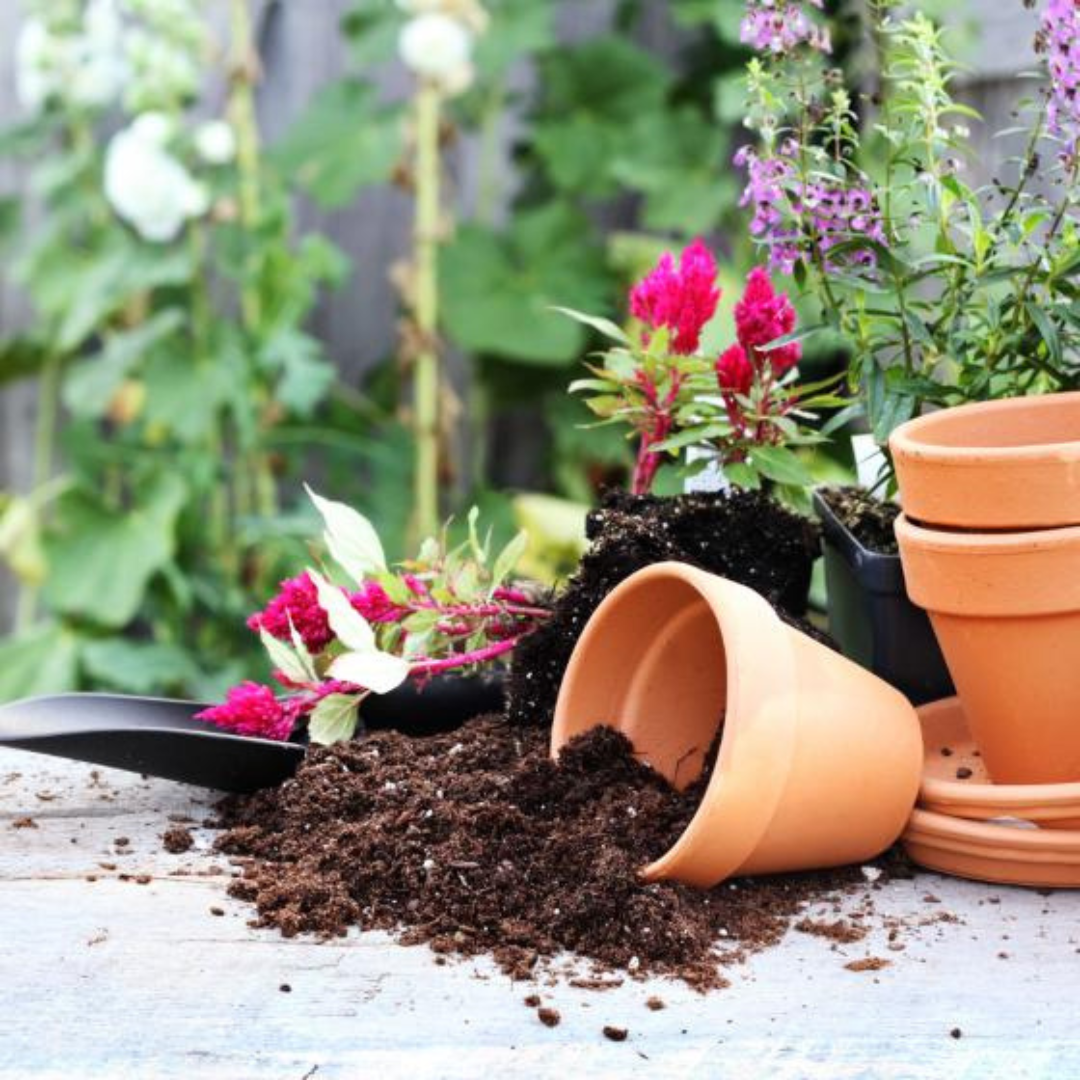
4. Planting Soil Preparation To Grow Peas
Before you begin planting your peas in containers, you must first prepare the proper soil for growing peas.
A loamy, well-draining potting mix is ideal for peas. You have the option of purchasing a blend or making your own.
You should never do one thing, regardless of your decision. Never put regular garden soil from your backyard in your containers. This raises the chance of microorganisms infecting your plants.
One of the best things about peas is that they aren't picky about their soil. They don't mind if the earth is slightly acidic or neutral so that you can grow them in either.
5. Planting Peas In A Container
When growing peas, the seeds are sown directly into the soil. You can start them indoors, but planting them outside is just as simple.
Plant the seeds in seed starting mix in tiny containers to start them inside. Wait until they're four to five inches tall before transplanting them outside once they've germinated.
Sow the seeds one to two inches apart and one to two inches deep on the earth outside. Maintain a distance of at least 3-4 inches between each row.
After the seeds have been buried, thoroughly water the soil. While the seeds germinate, they must remain moist but not soggy. Peas take 7-14 days to germinate, depending on the temperature of the soil.
Germination should be faster if the soil temperature is 60°F or higher. Try soaking the seeds in water for up to 24 hours before sowing them to speed germination.
Because it weakens the seed's hard external shell, soaking is an excellent strategy to help your seeds sprout faster.
6. Prepare A Container With Potting Soil Mix To Grow Peas
Fill your container halfway with potting mix, stopping at least 3 inches from the rim. If you don't already have one, add a general, all-purpose fertilizer to your potting soil.
Remember, peas only require a limited amount of fertilizer; if you apply too much, the nitrogen (a frequent ingredient in most fertilizers) will impair output, resulting in enormous pods with few or no peas within.
Smooth out the soil in your container once it has been filled to be somewhat flat but not compacted.
7. Spacing Of Pea Plants
If you're growing multiple types in the same container in the hopes of a faster harvest or to experiment, make sure each one has its own space.
Individual rows should be spaced at least 3-4 inches apart. If you're using a window box with a width of 6 or 8 inches, don't make more than two rows.
Plant the peas about 2-3 inches apart. Maintain a spacing of 3-5 inches for taller and bushier kinds. Also, if you're dealing with tall or climbing kinds, put a stake or bamboo pole in the container.

8. Sunlight Requirements For Peas
Peas can grow partly to full light but prefer a sunny spot with a consistent breeze and sufficient air circulation.
Keep the peas away from the bright afternoon sunshine if you're growing them in hot weather, such as summer or in a hot environment.
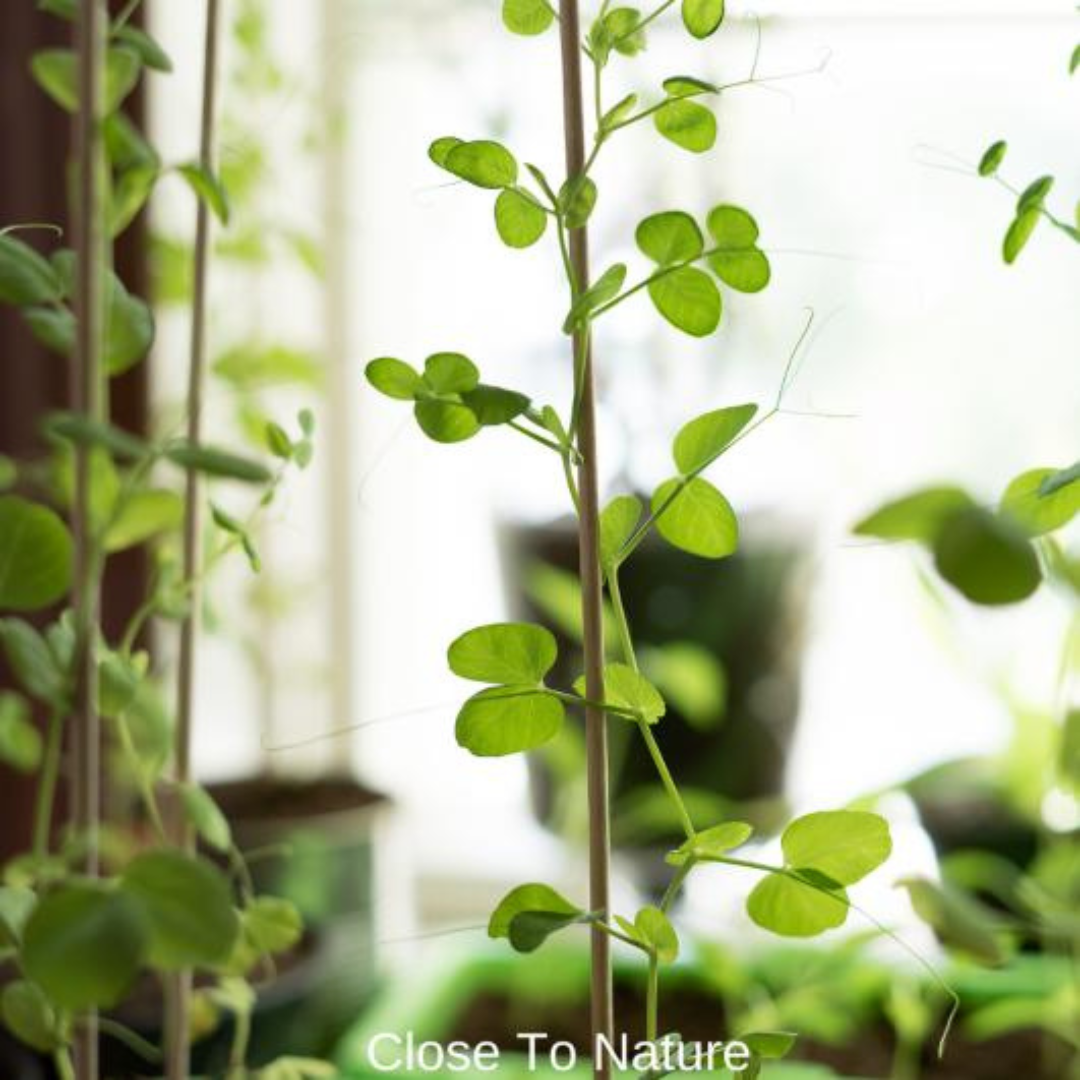
9. Add Supports For Pea Plants
Because pea plants are natural climbers, they require support to thrive. Otherwise, bacteria will collect on your vines as they grow along the ground.
Dwarf or bushy cultivars may not usually require support, although they do not produce as much as vining varieties. Vining peas require support because the vines can grow up to eight feet tall.
Because you don't want to disrupt the delicate roots of your plants, it's advisable to add a support system before you plant them. Support can be provided by a trellis, an arch, or even a single stake.

10. Watering Requirements For Pea Plants
Peas prefer chilly, damp soil, not overwatering or a continually wet environment. If this is not done, the plants will decay or yield less.
Also, especially when the plants are germinating or producing pods, you can't allow the soil to dry out completely.
Peas grown in containers require more water than their garden-grown counterparts. Ensure the topsoil is never dry and the plants are not withering.
11. Pests & Diseases Of Peas
10 Ideas On How To Avoid Or Deal With Diseases & Pests Naturally
- Disease resistance is often higher in climbing pea cultivars. Growing these plants away from the soil, where viruses and pests lurk in search of a welcoming host, is always preferable.
- Using a trellis or pole to support peas enhances air circulation and protects the vegetable from illnesses and pests.
- Crop rotation is essential for avoiding seasonal illnesses. Peas should not be grown in the same container for five years.
- Avoid root rot by not overwatering peas and growing them in well-drained soil.
- Powdery mildew can be a problem with spring plantings. In the summer, use bicarbonate sprays regularly.
- Of course, your best bet is hybrid cultivars or those resistant to wilt and mildew.
- Spray liquid seaweed on the leaves and vines on hot days to increase disease resistance.
- You can control pests while growing peas in containers. Watch out for aphids, which are a severe concern when growing peas. If you spot them, spray them with water or use insecticidal soap to kill them.
- You can eradicate minor bug infestations with your hands by squeezing them with your fingers.
- Spider mites are a new threat. To get rid of them, spray them with water or apply insecticidal soap. Neem oil is another excellent natural technique to get rid of them.

12. Harvesting Peas
While pea plants are developing, they continue to generate a harvest. Depending on the kind, you can harvest the pods when they're spherical and bright green, and the peas feel full.
Snow peas do not produce giant peas inside their pods, so keep that in mind. They generate a faster yield than others and feature flat, edible pods. Snow peas should be picked as soon as they blossom.
Snap peas can be picked in two ways: little pods for stir-fries or giant pods for shelling.
As a result, you can either harvest them early, as with snow peas or wait until the peas swell in the pods, as with garden peas. Round, bursting peas take two to three weeks after blossoming to appear.
When removing the peas from the stem, be gentle with the plant. You shouldn't let kids harvest peas without supervision because of the risk of accidentally breaking a vine by pulling too hard.
From the bottom to the top, harvest. The ones on the bottom are the older ones. As the plant commits more energy to pod growth, the more peas you pluck, the more peas you'll get.
13. Storing Peas
Peas from the garden are best when gathered fresh, as are other vegetables. If you can't use them immediately, they'll last approximately five days in the refrigerator. If you want to keep them for an extended period, freezing is the best solution.
Peas can also be dried and stored for lengthy periods. They lose part of their flavour but can still be a great ingredient in soups and stews in the winter.
Conclusion
Growing peas in containers is a great way to start if you're a rookie gardener or have children interested in gardening.
Peas are a low-maintenance, high-yielding plant that thrives in pots. This year, try including peas in your container garden.
I trust you enjoyed this article on the Best Steps To Grow Peas In Containers. Please stay tuned for more blog posts to come shortly. Take care!
JeannetteZ
>>>Please click here to read my all-inclusive article, About The Essential Companion Planting Guide<<<
>>>Please click here to read my all-inclusive article about Container Gardening<<<
>>>Are you interested in homegrown herbs and medicine? Please click here to find out more about it!<<<
Your Opinion Is Important To Me
Do you have thoughts, ideas, or questions? I would love to hear from you. Please leave me your questions, experiences, and remarks about this article on the Best Steps To Grow Peas In Containers in the comments section below. You can also email me at Jeannette@Close-To-Nature.org.
Disclosure
This post may contain affiliate links. I earn from qualifying purchases as an Amazon Associate and other affiliate programs. Please read my full affiliate disclosure.
You might also enjoy these blog posts:
8 Best Guarded Secrets About Onions In Containers
9 Creative Ways To Grow Eggplants In Containers
10 Awesome Tips To Grow Peppers In Containers
9 Best Stress Relief Activities For College Students
Tips To Reduce Stress In Women Over 50




